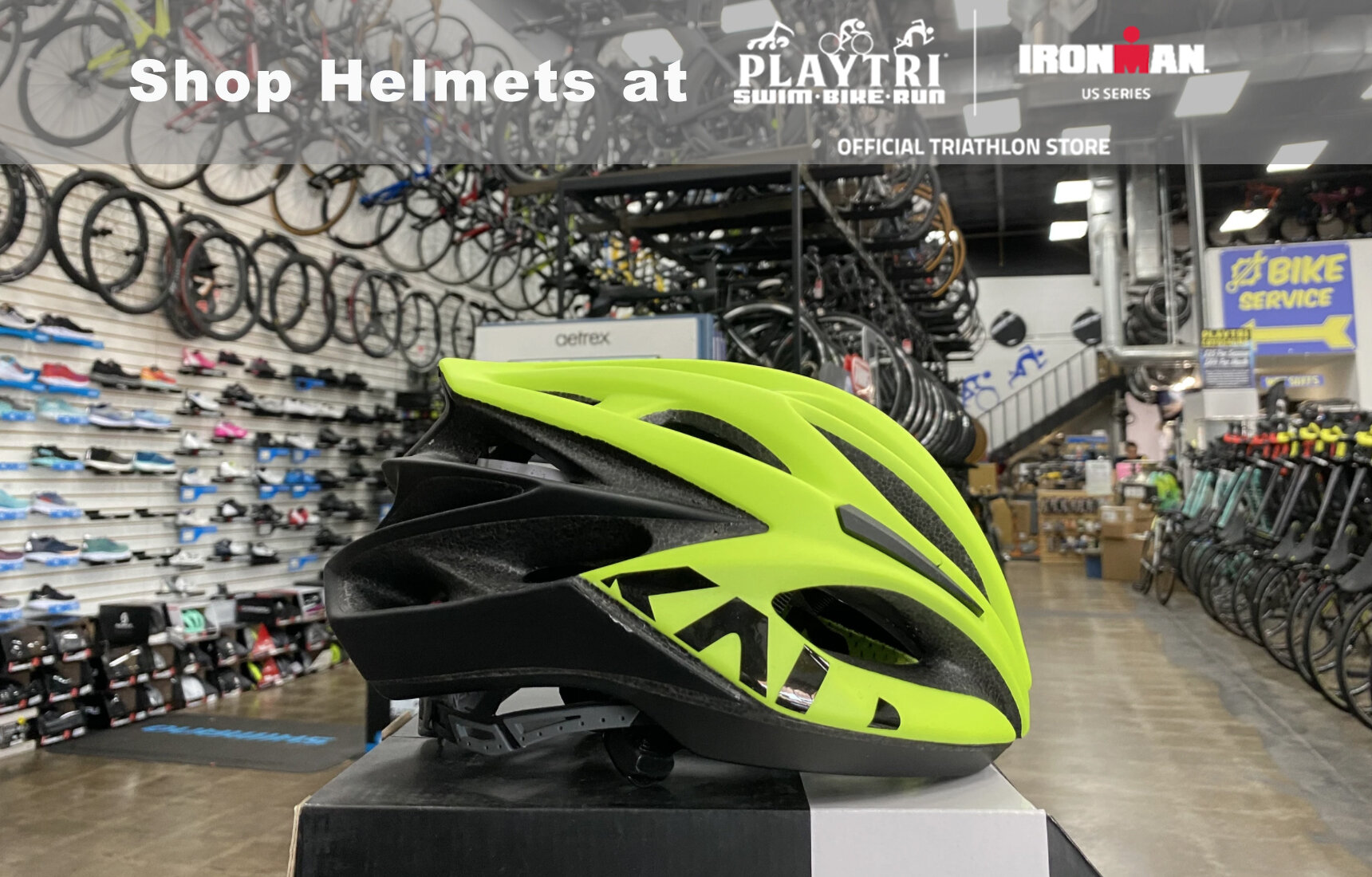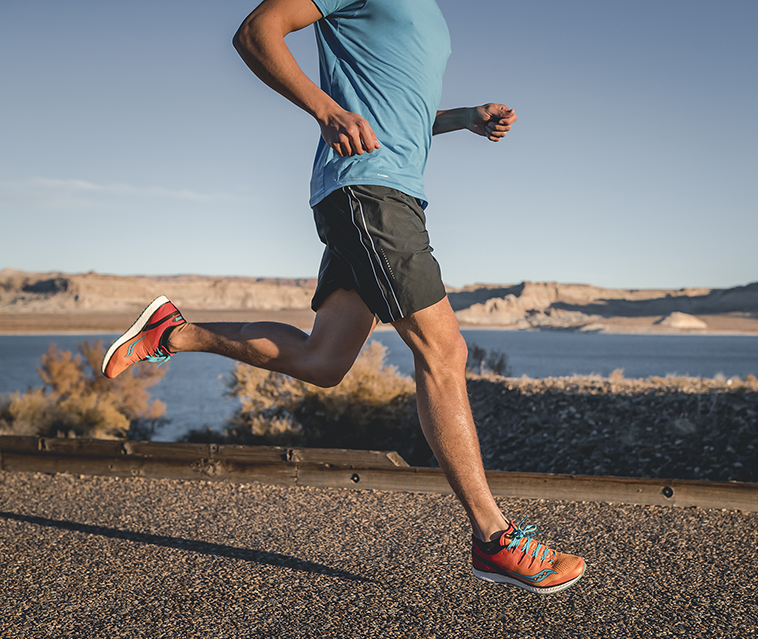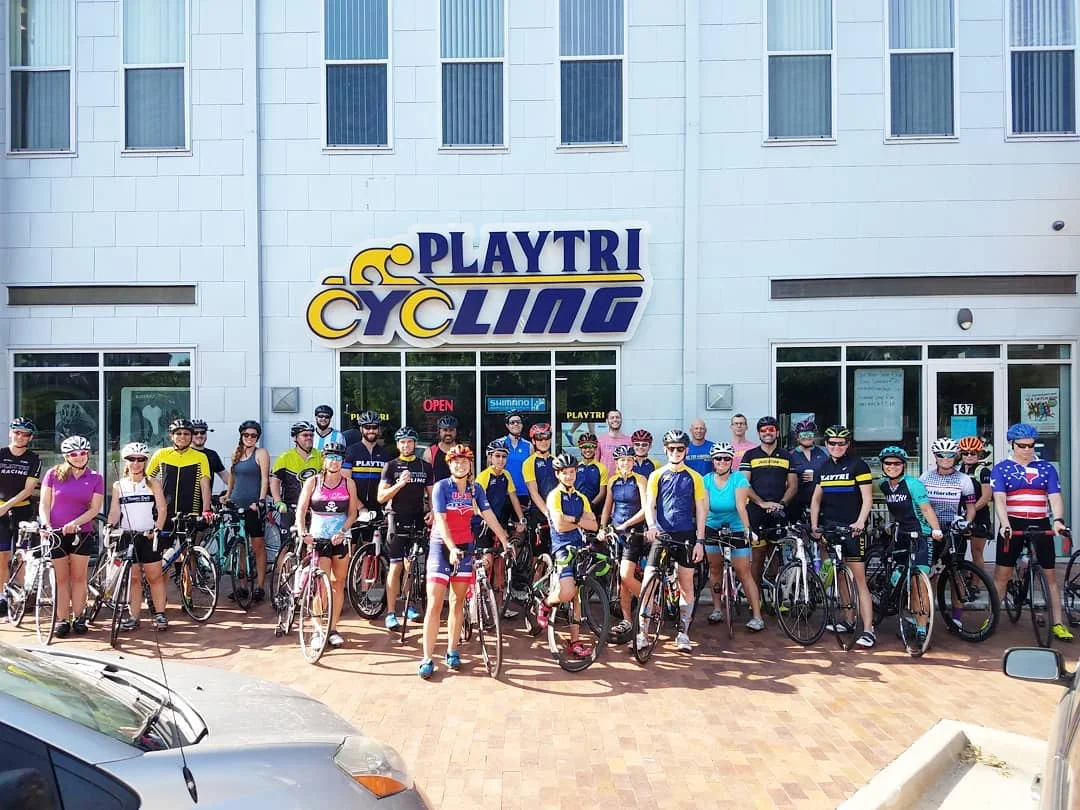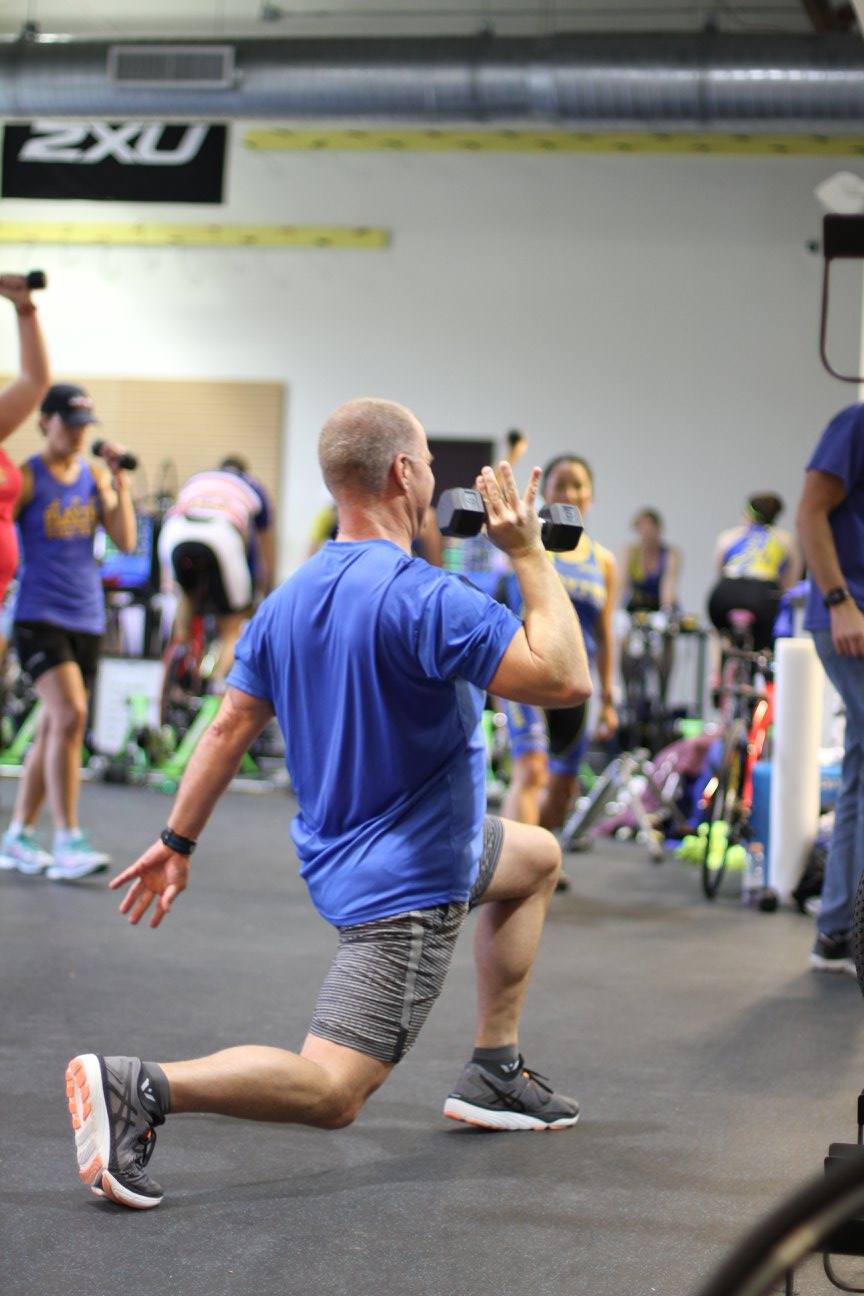Coach Amari recommends having a Mind Set to keep you engaged and committed to your workouts and ultimately, your health. Her words of wisdom that she shares with her busiest of clients…
IT'S A MIND SET.... this is not a 'rah-rah' session, rather a reality (but I do have pom-poms & could pull them out if you really need them- joking!)
Day One: "My 15 minutes of the workout is better than the missed 3 miles!!!" At least I got 15 minutes in.
Day Two: "I missed my run yesterday, hubs and I want to get a workout in together quickly this am, weights would feel great, what do you think and want me to do?"
Day Three: "Won't get home from the office till ~2am, what can we do to make the most of my 1 hour tomorrow before I have to get back up here?"
THIS IS THE MINDSET THAT WE ALL SHOULD CRAVE AND EMMULATE...
Here is an athlete with an incredible family commitment, professional career (24 hr work shifts happen weekly), and has extremely limited time.
I honestly am not even talking about the details of each workout, rather the mindset that life just doesn't just stop when they are 'training for an event'.
In fact, this individual signs up for IM 70.3 and IM events to compliment the crazy. What is so fun about working with this person is that they truly do realize life is all about managing the moving pieces and they actually enjoy the process - they don't try to manipulate or 'get out of the challenge' rather they go with it and MAKE THE MOST OUT OF IT!
So I encourage you-
1- Working Out & Training are NOT about perfection- guess what, just like life, we feel a sense of self-pride and accomplishment when we are committed to doing the very best we can, with whatever the day brings us- everyday.
2- It is a blast and a PRIVILEGE to have so many moving pieces to your personal puzzle- don't forget that both the process and challenges are fun.
3- You will ALWAYS be busy, better yet, you hope you are always busy- you have heard it over and over- you must take care of yourself before you can take care of another + practice what you preach, actions are more convincing than your words...
They say '80% of life is about the mind-set'... your mind set and approach are your choices: limit yourself or thrive, every single day.
Make no excuses, find a way to do something, especially when it is not perfect, and have fun sticking to it.
Go Get 'Em!













